There’s been an awful lot of chatter over the past year about the design of running shoes. There are people that shun them entirely and prefer to run barefoot, others who think barefooting is crazy and stick with their heavily cushioned trainers, and yet others who take a more moderate approach and recognize the potential […]
Science Based Examination of Running Shoes – Great Post by Steve Magness from The Science of Running
Oldest Leather Shoes found in Armenia: Minimalist Running has Deep Roots, or Does It???
Archaeologists recently found a pair of 5,500 year old leather shoes in Armenia, making this the oldest leather shoe ever found (you can see a picture of the shoes to the left – picture taken from Boston.com via AP Photo/Department of Archaeology University College Cork). The shoe is made from a single piece of leather […]
Heel-Toe Drop or Offset: What Does it Mean in a Running Shoe?
The recent explosion of interest in minimalist running shoes has brought along with it an interest in specific shoe design features that probably rarely crossed the mind of most runners just a year ago (before the publication of Born to Run by Christopher McDougall got people thinking about these kind of things). One of these […]
Running Blog Recommendation: Peak Performance by Amby Burfoot
I’ve just spent some time reading through some posts on Amby Burfoot’s Peak Performance blog on Runner’s World – if you haven’t read his blog, it’s definitely worth a look. His posts are well researched, even-handed, and very science-oriented. It also doesn’t hurt that he’s a Boston Marathon winner and one of the most experienced […]
Elite Males in Slow-Motion at the 2010 Boston Marathon: Cheruiyot, Merga, Kebede, Kigen, Goumri, Keflezighi, Hall
Image via Wikipedia A few weeks ago I posted a slow-motion video of Ryan Hall from the 2010 Boston Marathon that was taken by a pair of my undergraduate students (thanks Erin and Daniella!). They headed down to Newton on Marathon Monday to watch and film portions the race, and as it turns out, they […]
Casio Exilim EX-F1 Camera Review: High-Quality, Affordable Slow-Motion Video for Athletic and Biomechanical Analysis
I have a fairly long history of working with high-speed (i.e., slow-motion) video. As a graduate student, I did my dissertation research in a lab that specialized in locomotor and feeding biomechanics of animals, and to do these types of studies, the ability to film at very high frame rates (200 frames/second and up) was […]
Ryan Hall in Slow Motion from the 2010 Boston Marathon
Two of my students went down to Boston on Monday and filmed a good chunk of the marathon for me in slow motion. Here’s a video to whet your appetite – Ryan Hall is most definitely a midfoot striker, and what a thing of beauty that stride is! This video was shot at 300 frames/second […]
RP#15: Running Science – VO2max, Running Economy, Lactate Threshold
In this episode I discuss the science behind three topics that are highly relevant to your running performance – VO2max, Running Economy, and Lactate Threshold. My initial plan was to produce this episode using clips from my Exercise Physiology class, but opted instead to record an off-the-cuff summary of the topic that’s a bit tighter […]
Runblogger Runcast #11: Muscle Fiber Types (Slow-Twitch vs. Fast-Twitch) and Athletic Potential
You’ve probably heard of the phrases slow-twitch and fast-twitch – these terms refer to different types of fiber that we have in our muscles, The fiber makeup that each of us has in our muscles is somewhat variable, and is largely determined through genetic inheritance from our parents. Perhaps most importantly for runners, fiber type […]


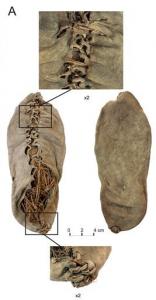
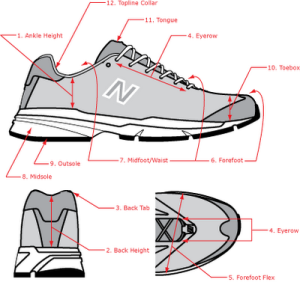
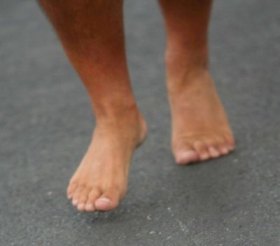

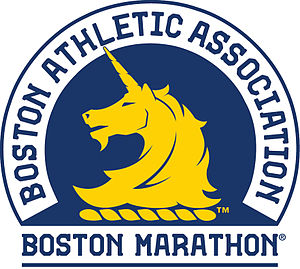
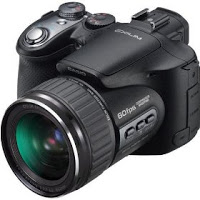
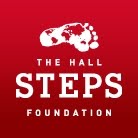













Barefoot and Minimalist Running: Science Weighs In
Today saw the publication of new scientific research looking at the biomechanics of running in a barefoot vs. shod condition. The article, titled “Foot strike patterns and collision forces in habitually barefoot versus shod runners,” was written by Dr. Daniel Lieberman from Harvard University and several colleagues at other institutions. Here is the abstract of […]